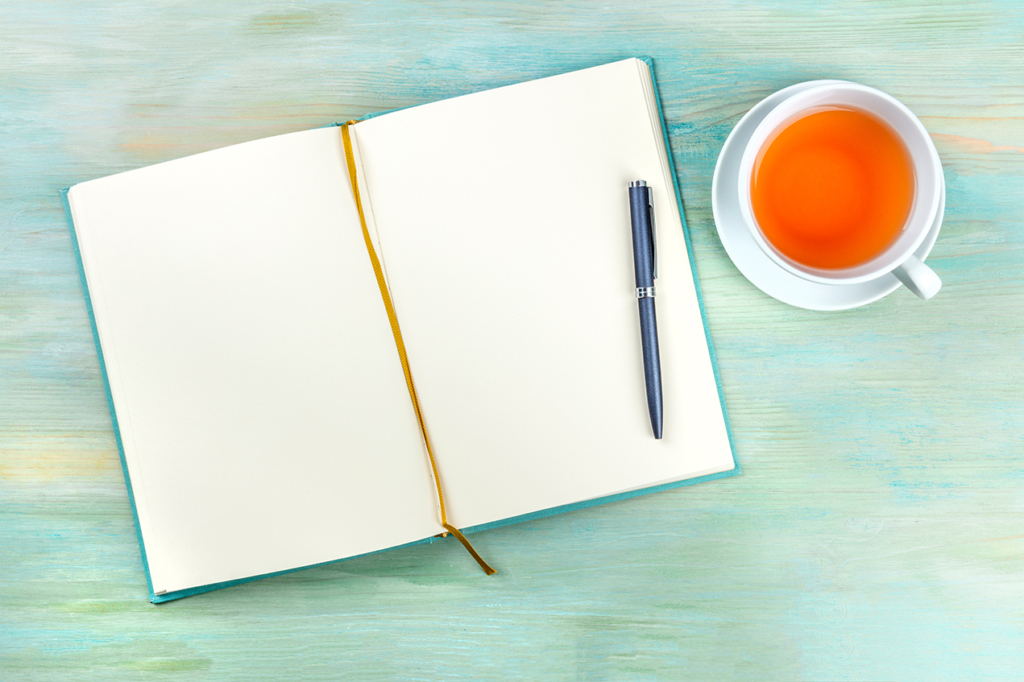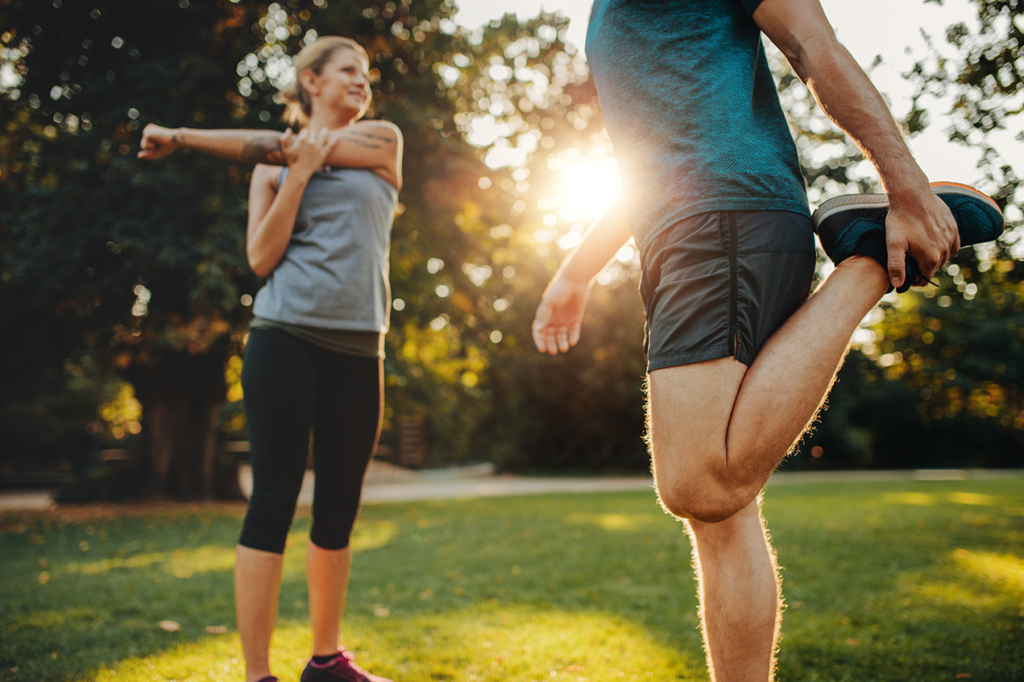In its most basic definition, stress is our body’s response to a demand. With the introduction of the COVID-19 pandemic and all the protective measures put in place to try to wrangle it, there are plenty of new demands for people’s bodies to adjust to. Here are five strategies to help lower stress during this challenging time.
Gratitude journaling
Right now, it can be easy to focus on all we are missing out on due to the stay at home mandates. Identifying three things to be grateful for each day and writing these down can help us feel happier, allow us to better tackle stressors that we encounter during the day, and has even been shown to boost our immune functioning.

Stretching — For many people, attending class, studying and participating in meetings may all be happening in the same workspace. Getting up and stretching periodically is not only good for managing aches and pains that can develop, but is a great way to alleviate muscle tension that can occur as a part of the stress response and provide proprioceptive input through our joints that can have a calming effect.

Set Boundaries — There is an over-abundance of COVID-19 related news and media. While it’s important to stay informed, excessive consumption can contribute to increased fear and anxiety. Try limiting news intake to particular times of day or a few reputable sources, and then use the rest of your media consuming time to catch-up with loved ones, watch funny videos, and explore new and interesting topics.
Get Outside — Exposure to sunlight can increase Vitamin D production which is associated with reduced risk for depression and anxiety, and being in nature improves our mood and feelings of well-being. If you have access to safe outdoor space that you’re able to enjoy while socially distancing, consider incorporating an afternoon walk into your routine or sitting outside to read or study. If you aren’t able to physically go outside, spend time relaxing near a window or recalling your favorite outdoor setting — research shows that even imagining yourself in nature can have the same positive effects as being there!

Breathe — When your body is in a stress response, breathing becomes quicker and shallower. To move your body into a more relaxed state, focus on breathing slowly and filling your lungs fully with air before exhaling. Putting a hand on your stomach or counting (e.g., inhaling for 4, holding for 2 and exhaling for 6) can provide helpful cues. The great thing about breathing as a stress management technique is you can use it anytime, such as during a test or before speaking in front of the class, without anyone knowing.
— Tracy Jalaba, OTD, OTR/L, of the USC Occupational Therapy Faculty Practice


